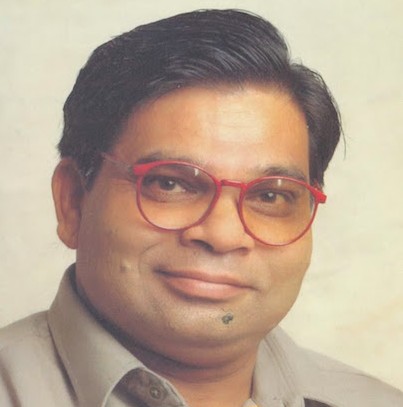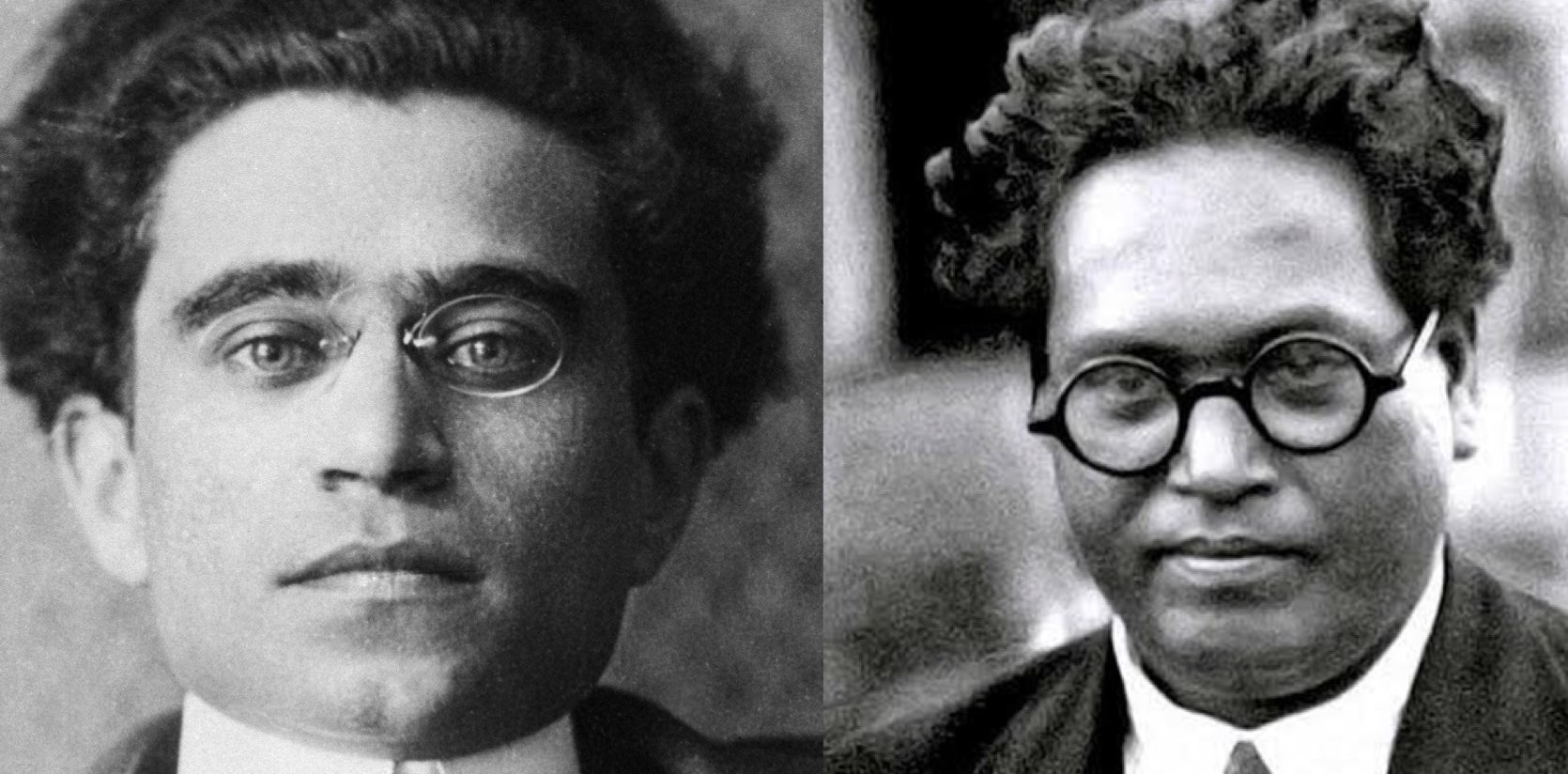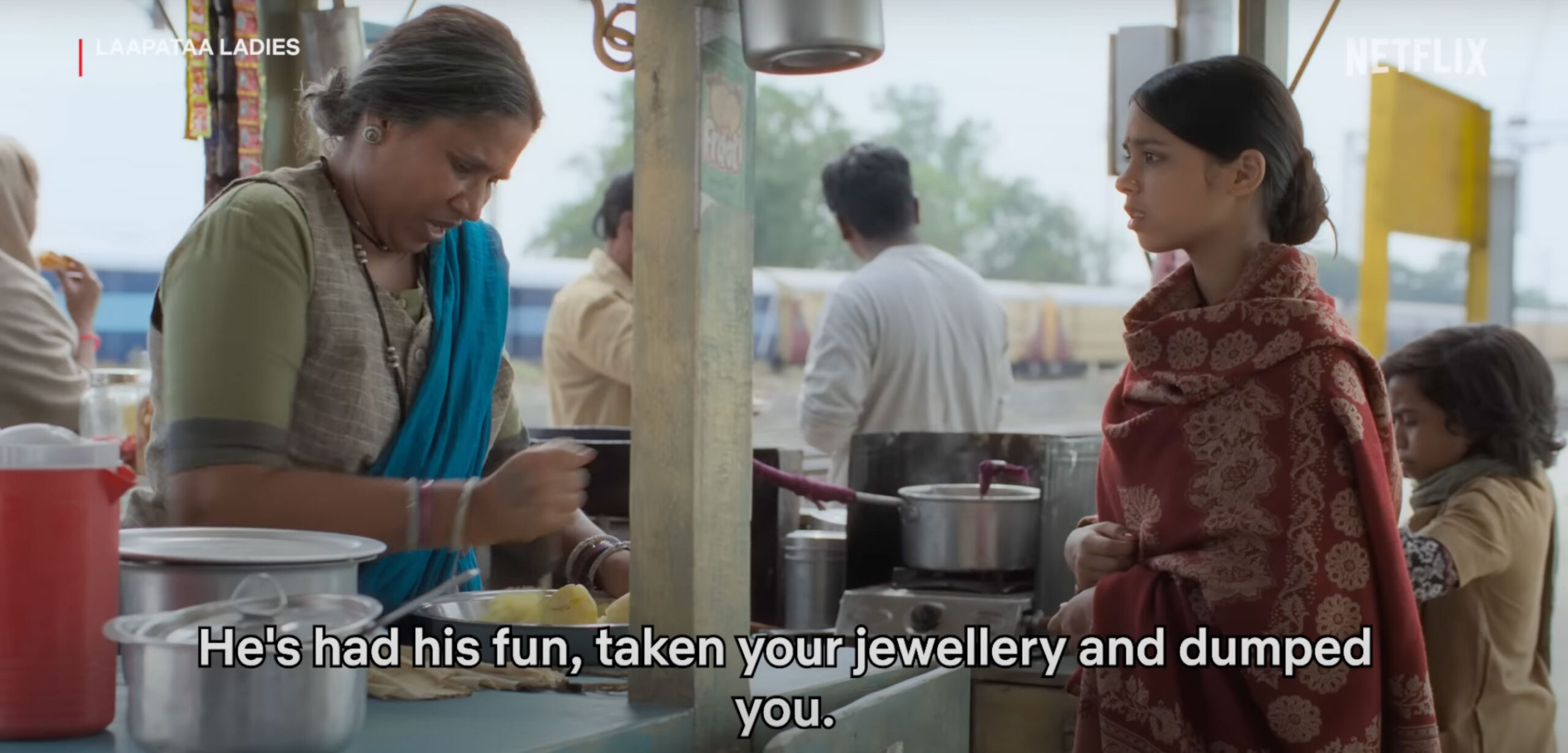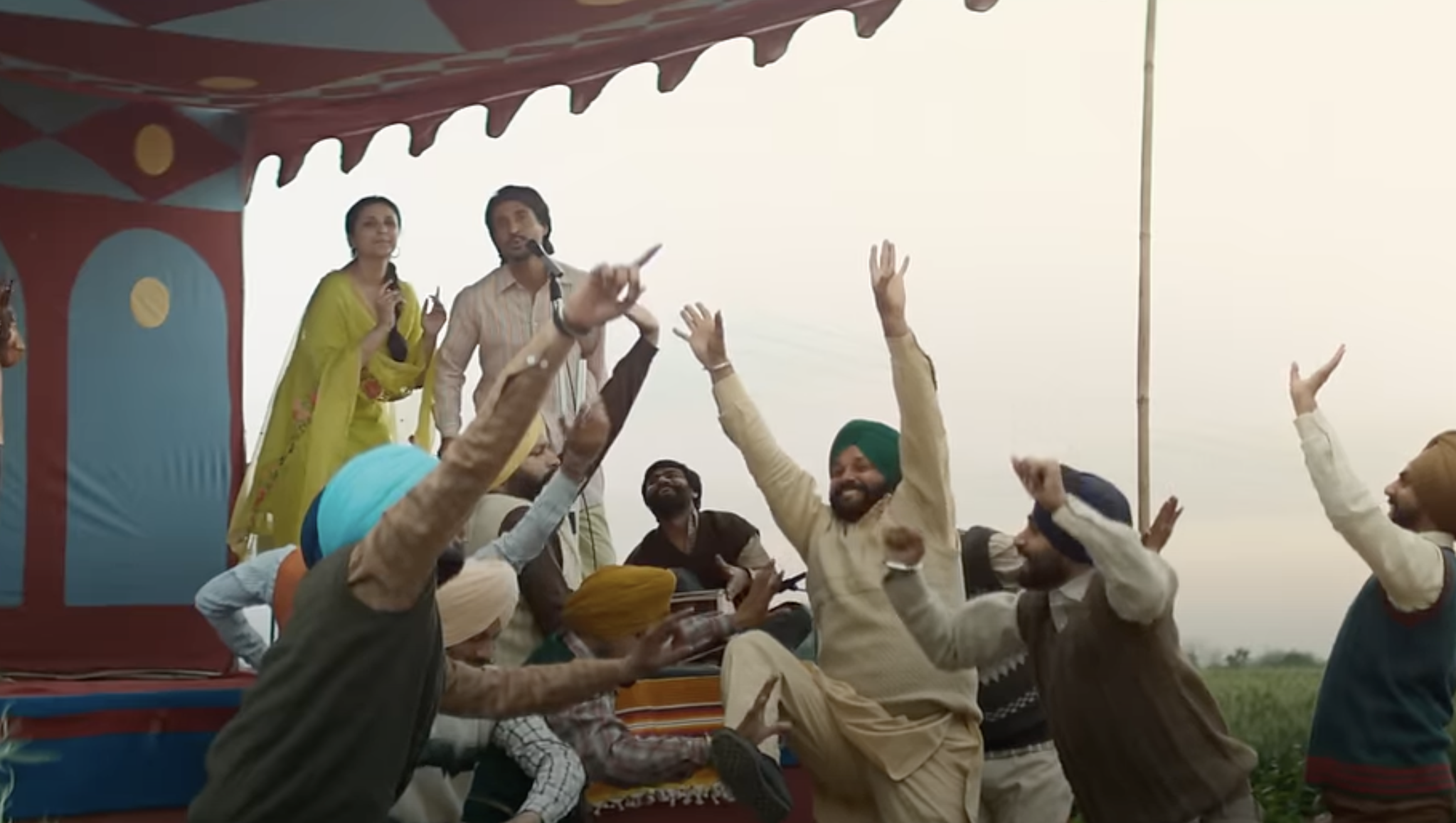Is it not true that the mainstream Hindi literature has always been indifferent to any kind of progressivism? This has been happening since the times of Bhartendu. Even today, the mainstream considers identity-based literature to be reactionary.
What you are referring to as the mainstream is actually the brahmanical stream of literature. All the authors of this stream were and are Brahmins who had based it on the revival of the Varna system and Hindu culture. This stream never accepted any progressive stream that sought to undermine the Varna system.
The stream of Bahujan literature was based on equity and a unique brand of socialism, and it was always there – before Bhartendu and after him. This stream addressed the people in folk languages. Initially, folk languages were the languages of literature. But Brahmins made “khadi boli” (standardized Hindi) the literary language because the Dalit-backward castes were writing in folk languages. “Khadi boli” pushed Bahujan literature to the margins. And even now, when the Bahujan literature is posing a challenge to the mainstream (brahmanical) literature, attempts are being made to dismiss and disregard it. In India, this represents a battle between the revolutionaries and the counter-revolutionaries. The Brahmins have engineered the counter-revolution against Bahujan revolution. So, it is not surprising that the so-called mainstream is reactionary. Indeed, it would have been surprising had it not been so.
The politics of identity has led to the emergence of new streams in literature like Dalit, Women’s and Dalit Feminist. Now, OBC literature and Bahujan literature are also emerging. At present, the Dalit and progressive streams are competitors. Do you think the pre-established Dalit and progressive streams would be able to accept and digest these new streams?
They’ll have to. If they won’t, they will be relegated to the margins.
 You believe that the concept of Bahujan literature is older than that of Dalit literature. Do historical facts validate your stand? Secondly, won’t Bahujan literature be a more comprehensive and effective categorization than the narrower divisions like Dalit and Shudra literature? Won’t a broader categorization make the identification of reactionary elements easier?
You believe that the concept of Bahujan literature is older than that of Dalit literature. Do historical facts validate your stand? Secondly, won’t Bahujan literature be a more comprehensive and effective categorization than the narrower divisions like Dalit and Shudra literature? Won’t a broader categorization make the identification of reactionary elements easier?
Dalit literary historians believe that the emergence of Dalit Panthers in Maharashtra gave Dalit literature its name. This may be true vis-à-vis literature but the word “Dalit” had been in use from earlier times. A book titled Mool Niwasi Aur Arya (Original inhabitants and Aryans) – written by Bhikku Bodhanand of Lucknow, published in 1928, and funded by Advocate Ramcharan Mallah –divides the indigenous castes into two categories: “Backward Hindu castes” and “Dalit Hindu castes”. The book says, “The people of these two caste groups are the patrons and inheritors of India’s glorious civilization, culture and history.”
In the Hindi-speaking areas, the Aadi Hindu Sabha Movement launched by Swami Achhootanad brought about a renaissance among the Dalit-backward castes. It was based on the concept of “moolniwasis” (original inhabitants). The last few lines of his book Aadikhand Kavya read, “Jo azad hon tum chaho, to ab chant deyu sab chhoot; Adivansh sangh mil zor lagao, pandrah koti sachhoot, achhoot.” (If you want to liberate yourselves, give up the practice of untouchability; all the 15 crore touchables and untouchables should make a joint effort.) Here the word “sachhoot” stands for Shudras. Hence all Dalits and Backwards were a part of this movement. This was the concept of Bahujan.
Advocate Ramcharan, who was awarded the title of Rai Saheb by George V, was among the key leaders of this movement. Bhikkhu Bodhanand, Shivdayal Chaurasia, Mahadevprasad Dhanuk, Ramcharan Bhurji, Gaurishankar Pal, Badlulal Rasik, Chaudhary Heeralal and Chandrikaprasad Jigyasu were also active in this movement.
Bodhanand’s book Mool Bharatvasi aur Arya (Original Inhabitants of India and Aryans) also enunciated the basic tenets of this movement. But by the end of 1927, according to Chandrikaprasad Jigyasu, “some selfish elements” narrowed the base of Aadi Hindu Sabha, as a result of which Mool Bharatniwasi Samaj was founded in Lucknow. It was also called Hindu Backward Classes League. In 1928, Bodhanand, who was a Bengali Brahmin, founded Navratna Committee, which later became Hindu Backward Classes League or Mool Bharatmiwasi Samaj. The nine people mentioned above were members of this Navratna Committee. Swami Achhootanand was also one of the “ratnas”. After the Aadi Hindu movement got narrowed down, Mool Bharatvasi Samaj took upon itself the responsibility of bringing about unity and awareness among the Dalits and Backwards.
Later, Chandrikaprakash Jigyasu began referring to the concept as “Bahujan ideology”. He also took up the cause of publishing Bahujan literature under Bahujan Kalyan Mala (Bahujan Welfare Series). I don’t know the year in which he started this series but Adivansh Ka Danka was the fifth book of the Bahujan Kalyan Mala; Bharat ke Adi Nivasiyon kee Sabhyta was its 11th book; Babasaheb ka Jeevan Sangharsh, written by him, was its 17th book, the first edition of which was published in 1961. In the same year, the 23rd book of the series, titled Tulsi Ke Teen Paat, was published. The writer was Bhadant Anant Kautsayayana. The 42nd book of the series was a critique of the Kalelkar Commission report and was titled Picchde Varg ke Vaidhanik Adhikaron ka Sarkar Dwara Hanan (Violation of the Legal Rights of the Backward Classes by the Government). It is clear that Jigyasu had placed Dalit-Shudra literature in a common category called Bahujan literature. And that was the demand of those times. But the circumstances which led to a stream of Hindi literature being named “Dalit literature” in the 1980s need to be researched into.
Today, leftist politics is fast losing ground. Bahujan politics is considered casteist by non-Dalit and non-OBC writers. Given the situation, where do we find such writers and what are the options before them?
Leftist politics only concentrated on economic issues and ignored the social system that exploited and oppressed the Dalits and backward classes. That is why it could not get a foothold in the huge Bahujan community of the country. In these circumstances, it was bound to lose ground.
The non-Dalit and non-OBC writers who brand Bahujan politics as casteist are, in fact, themselves casteist and believers in the Varna system. I would like to call them status quoists. They are opposed to any change. But in these classes, too, there are some writers who are free from this mindset, although their number is very small.
Are corruption and good governance the biggest issues of today?
If they are the biggest issues, they can never be solved under the capitalist system. These issues are designed to mislead the people. Private capitalism survives on the oxygen of profit, and profit is generated by exploiting people. In such a system, corruption can never end because exploitation itself is a form of corruption. As for good governance, I do not know how a system that is fast going into private hands can ever give it. In capitalism, the chasm between the rich and the poor grows wider and deeper. How can this system, which creates and sustains inequality, ever deliver good governance? Of course, a handful of moneybags might feel that they are living under good governance. I personally believe that there can be no good governance without social and economic equality.
What should be the agenda for freedom from caste?
I think the concept of “state socialism”, as envisaged by Dr Ambedkar, is the only way that leads to freedom from caste. And equitable educational and economic development is a prerequisite for it.
For more on Bahujan literature, visit http://www.amazon.in/dp/





